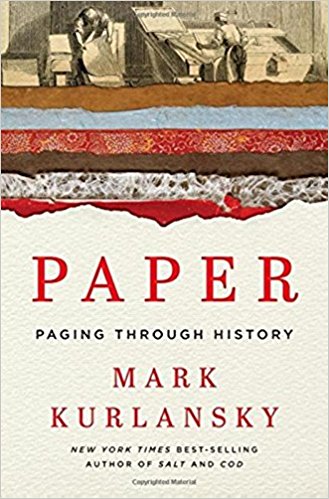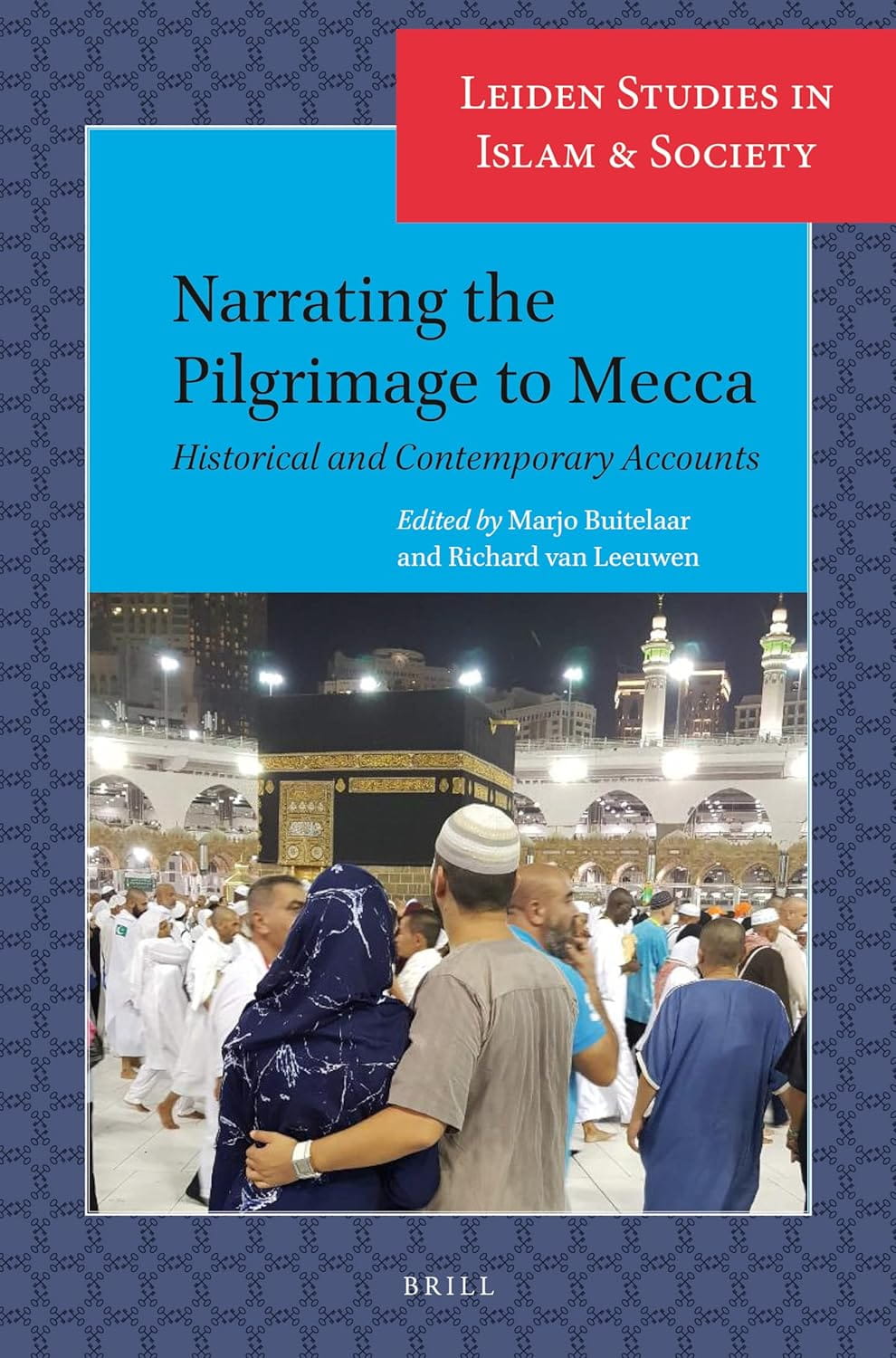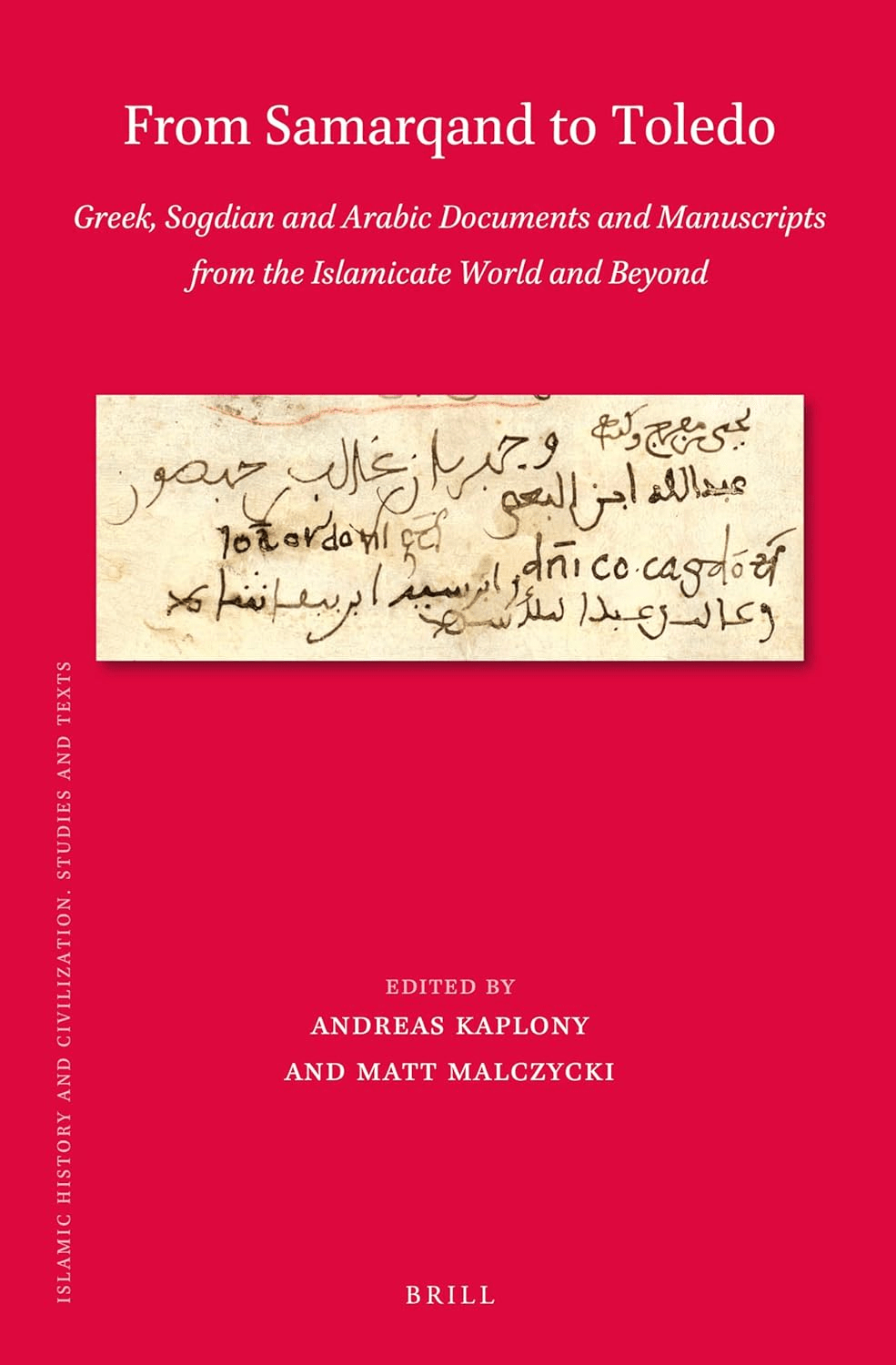
Paper: Paging Through History
Tom Verde
Mark Kurlansky
2016, W. W. Norton, 978-0-39323-961-4, $27.95 hb.
Before the rise of Islam in the seventh century Arabs “had little need for writing material,” writes Kurlansky. Subsequently, “more and more copies of the Holy Book were needed, and each copy had to be made with painstaking accuracy” in beautiful script: “the origin of Arab calligraphy.”
Kurlansky focuses on the importance of paper to scientists, translators and authors of mathematical and medical treatises, and also dwells engagingly on the role paper played in the culinary arts. In addition, he offers colorful details, such as the creation of the first airmail stationary: “special light, thin paper … made for messages sent by carrier pigeon.” This volume offers readers a wealth of information on a material sometimes taken for granted, but which played an enormous role in world history.
Kurlansky focuses on the importance of paper to scientists, translators and authors of mathematical and medical treatises, and also dwells engagingly on the role paper played in the culinary arts. In addition, he offers colorful details, such as the creation of the first airmail stationary: “special light, thin paper … made for messages sent by carrier pigeon.” This volume offers readers a wealth of information on a material sometimes taken for granted, but which played an enormous role in world history.
You may also be interested in...

Essays Unpack the Evolving Hajj and Umrah Experience
This volume of essays juxtaposes historical first-hand narratives of Hajj and Umrah journeys with oral interviews of contemporary pilgrims to show the transformative power of storytelling.
Old Documents Shed New Light on History in Book Connected to Ancient Islamic World
The painstaking work to recover history—one page at a time—is on brilliant display in this collection of essays focusing on early Arabic, Coptic, Greek, Hebrew, Latin and Sogdian manuscripts.